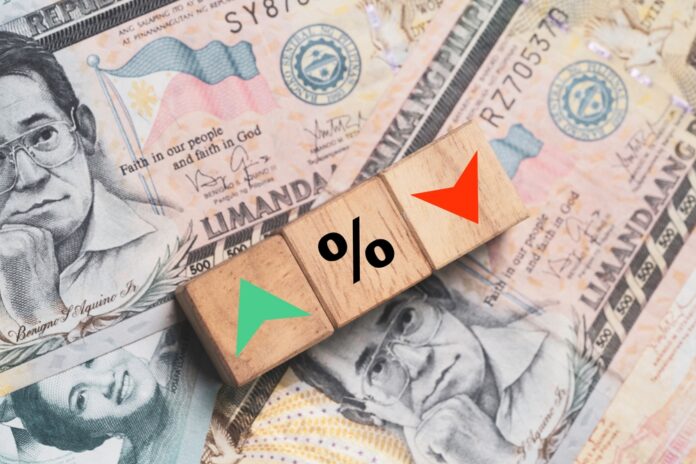The economy is projected to expand at the rate of 5.8 percent this year in terms of the gross domestic product, according to the International Monetary Fund in its latest iteration of the World Economic Outlook (WEO).
The continued expansion of the economy is higher than the average expansion of emerging and developing countries in Asia of only 5.3 percent this year, including China. Only India and Vietnam are projected to grow faster than the Philippines at a faster clip of 7 percent and 6.1 percent, respectively.
This develops even as the economy actually expanded by 6.3 percent in the second quarter, well within the 6 percent to 7 percent range projected by economic planners and above that projected for the period by analysts of only 6.2 percent.
The country’s projected growth path this year is also higher than that projected within the so-called ASEAN 5, which includes the Philippines, averaging only 4.5 percent. Apart from the Philippines, the ASEAN 5 include Indonesia, Malaysia, Singapore and Thailand.
Emerging Asia, which includes the ASEAN 5 plus China and India, was seen growing by 5.4 percent this year and even slower next year at only 5.1 percent.
The second-quarter expansion in the Philippines accelerated from only 5.8 percent in the first quarter and the fastest since 1Q 2023, based on data from the Philippine Statistics Authority. The expansion was driven mainly by government spending, which expanded by 10.7 percent during the period versus only 1.7 percent a year earlier. It was also driven by investments, which expanded by 9.5 percent versus the year-ago of only 2.1 percent.
The IMF reported that the global fight against inflation has seen significant progress, with headline rates projected to drop to 3.5 percent by the end of 2025, down from a peak of 9.4 percent in Q3 2022. Despite persistent price pressures in some nations, the global economy has remained resilient, avoiding a recession with growth expected to stabilize at 3.2 percent through 2025.
The disinflationary trend, the IMF said, results from easing supply disruptions and effective monetary policies that have kept inflation expectations anchored. However, risks loom, including potential escalation in regional conflicts and challenges in low-income countries. Central banks in advanced economies have begun reducing policy rates, easing pressure on emerging markets and helping to alleviate inflationary burdens, the IMF said.
Yet, vigilance is critical as service inflation remains high, and structural reforms are necessary to boost productivity and address long-term economic challenges. The IMF emphasizes the need for gradual fiscal adjustments and increased cooperation to ensure sustainable growth in the face of evolving global challenges.







